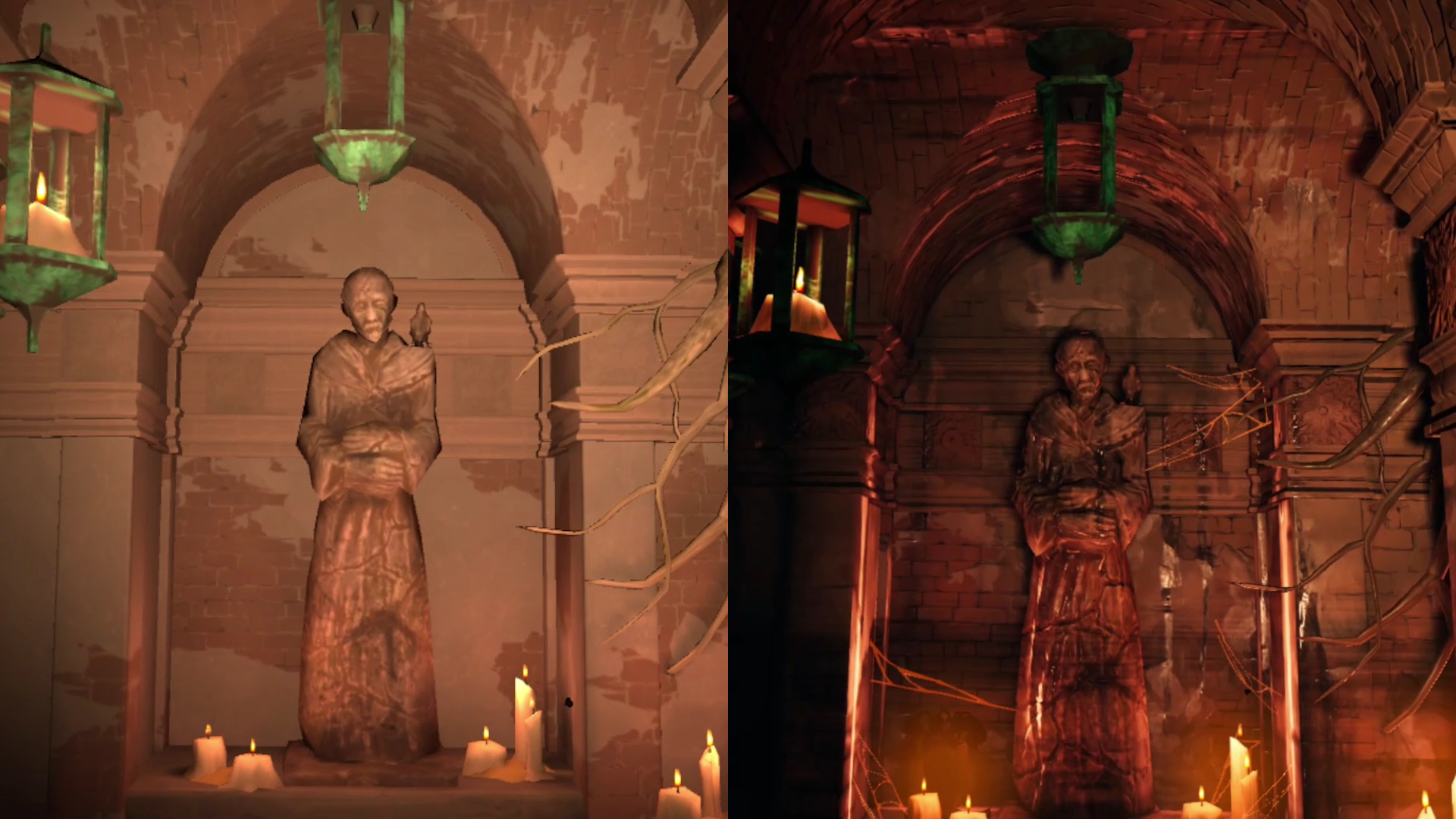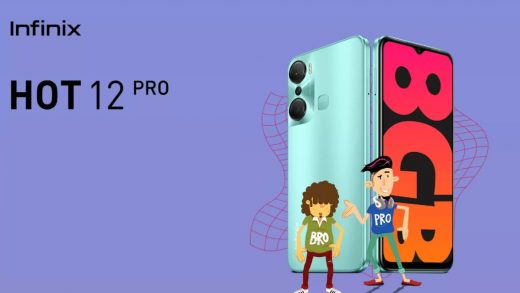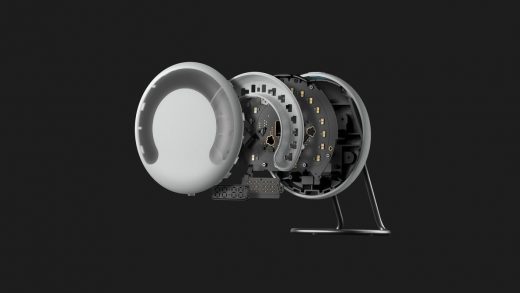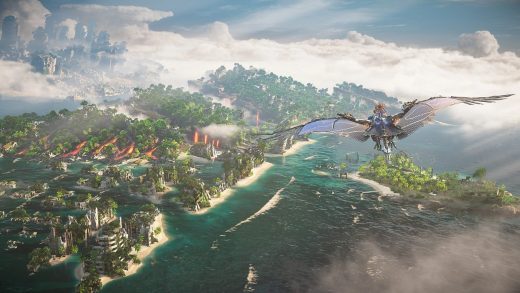
Developers have started showing off the graphics upgrades they’re delivering on Quest 3.
Quest 3 preorders opened yesterday. It’s the first headset with Qualcomm’s new Snapdragon XR2 Gen 2 chipset, which has more than double the peak GPU performance of the original XR2 used in headsets like Quest 2 and Pico 4.
The default rendering resolution on Quest 3 is 30% higher than it was on Quest 2, so almost all games will look sharper and crisper even without an update from the developer.
But developers can also utilize the extra GPU horsepower to release Quest 3 upgrade patches to boost the rendering resolution even further, increase texture resolution, use higher-quality shaders, add dynamic shadows, and more.
In the Red Matter 2 Quest 3 upgrade patch, Vertical Robot increased rendering resolution from a fixed 1226×1440 to dynamic up to 3322×3519, replaced 1K textures with 4K textures, and added dynamic shadows with high-quality shadow filtering to grabbable objects.
Vertical Robot claims the result brings the game “closer to console quality”.
In The Walking Dead Saints & Sinners, Skydance Interactive upgraded many of the game’s textures, added new effects, enhanced the lighting with dynamic shadows, expanded the draw distance, and added more ambient clutter and zombies to open areas.
This is an example of a game not only improving the graphics, but expanding the gameplay by being able to render more dynamic entities at once.
In Guardians Frontline, VirtualAge added environmental effects like snow and mist, real-time reflections, improved shaders, dynamic shadows, vegetation, and “much more”.
We expect more VR game developers to announce and release Quest 3 upgrade patches in the coming months.


